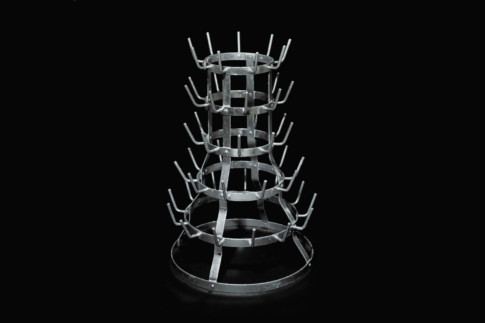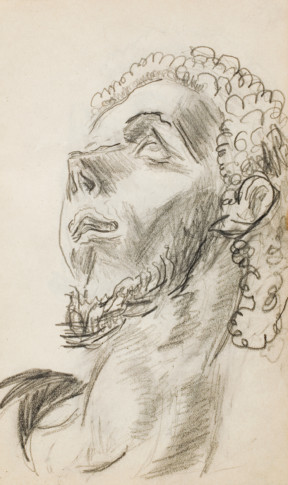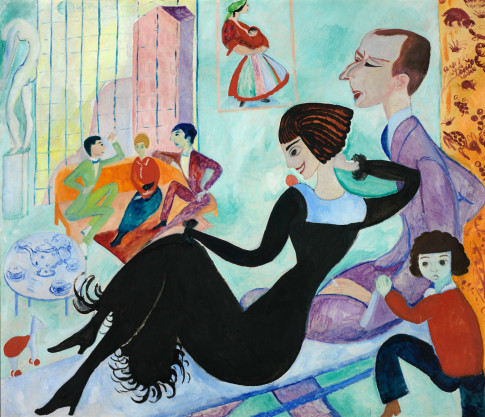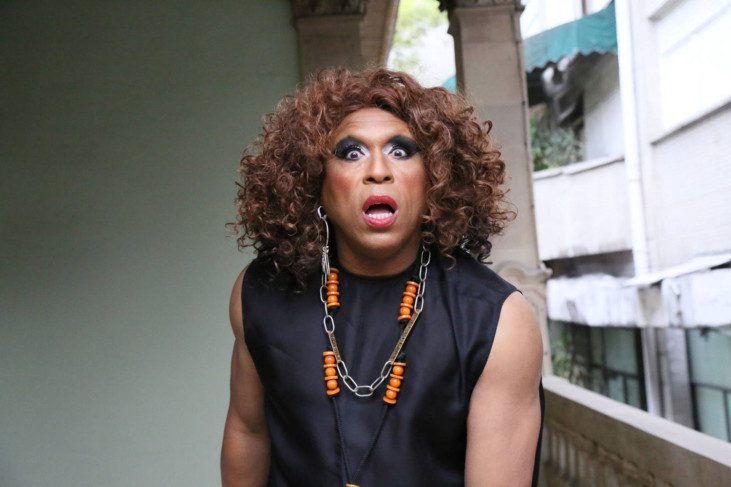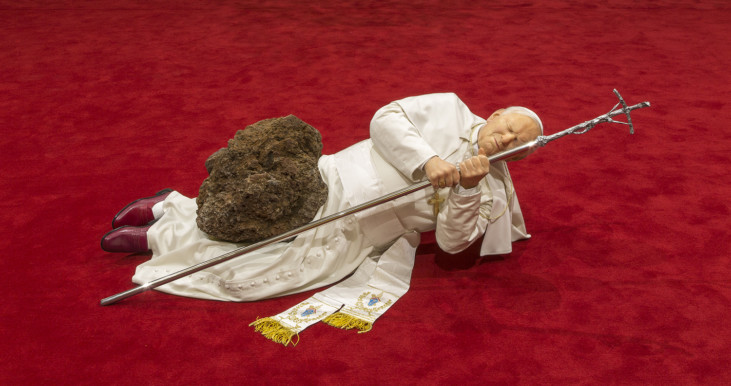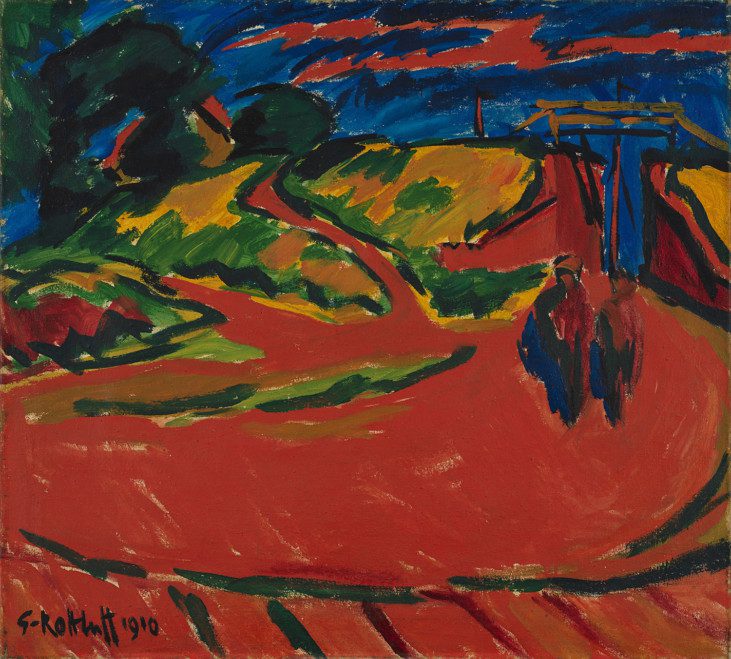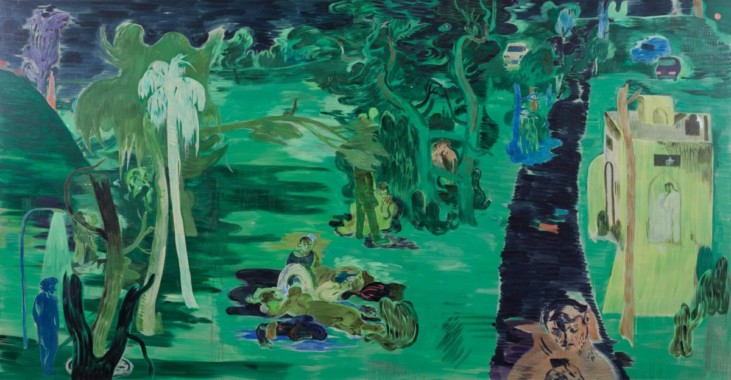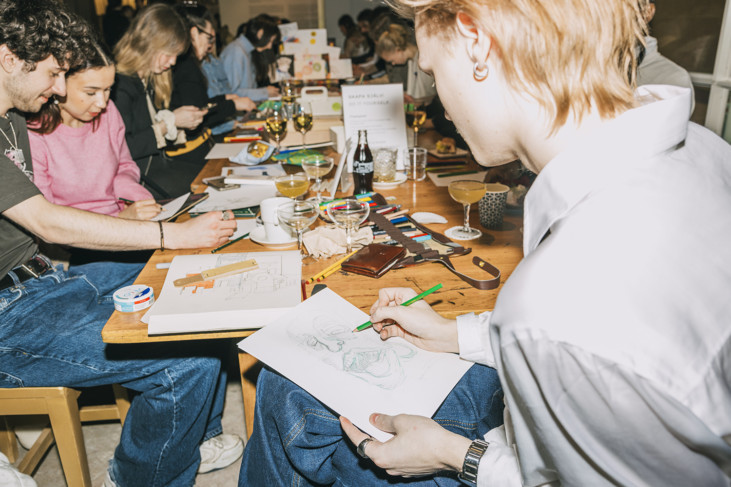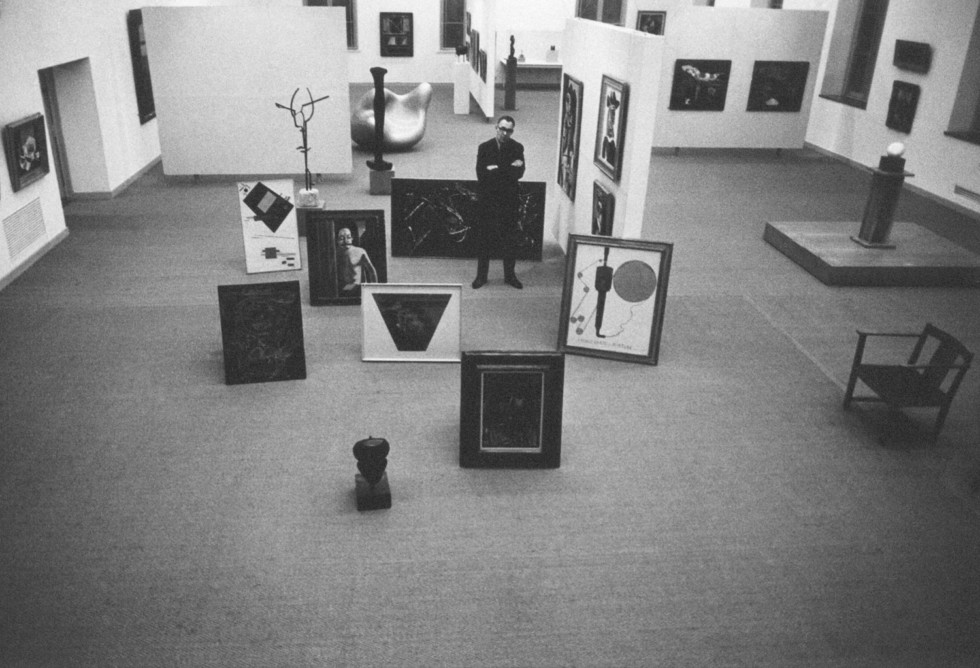
Pontus Hultén in the exhibition Önskemuseet, Moderna Museet, 1963 Photo: Anders Engman
Pontus Hultén and Moderna Museet
Pontus Hultén (1924–2006) and his activities have attracted greatly increased interest in recent years. Research in the fields of exhibition history and curatorial practices is growing internationally. Moderna Museet is receiving more and more requests from scholars in Sweden and abroad regarding Pontus Hultén and the first ten years of the Museum’s history.
Over the past years, Moderna Museet has run the research project “Pontus Hultén and Moderna Museet – Research and Learning Based on an Art Collection, an Archive and a Library”. The purpose of the project is to perform an inventory and to process material in the Museum’s archives and collection with links to Pontus Hultén, and to explore the legacy of the legendary 1960s and its impact on our activities today.
By letting researchers analyse this material, we can broaden and deepen the understanding of this period. This project is part of the long-term scheme to initiate research on Moderna Museet’s collection and history, and presenting it to the Museum’s large audience in exhibitions, catalogues, articles, symposiums and events of various kinds.
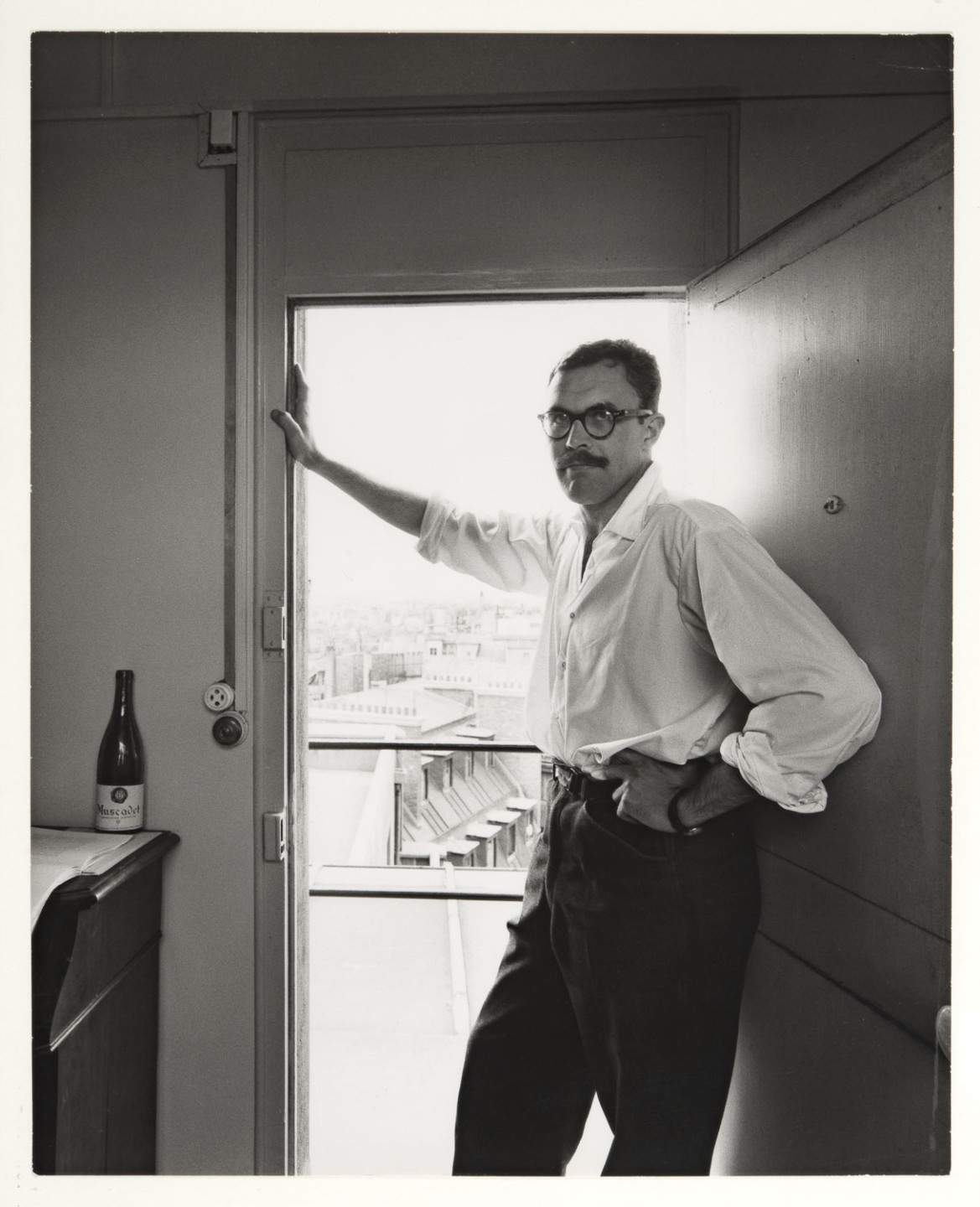
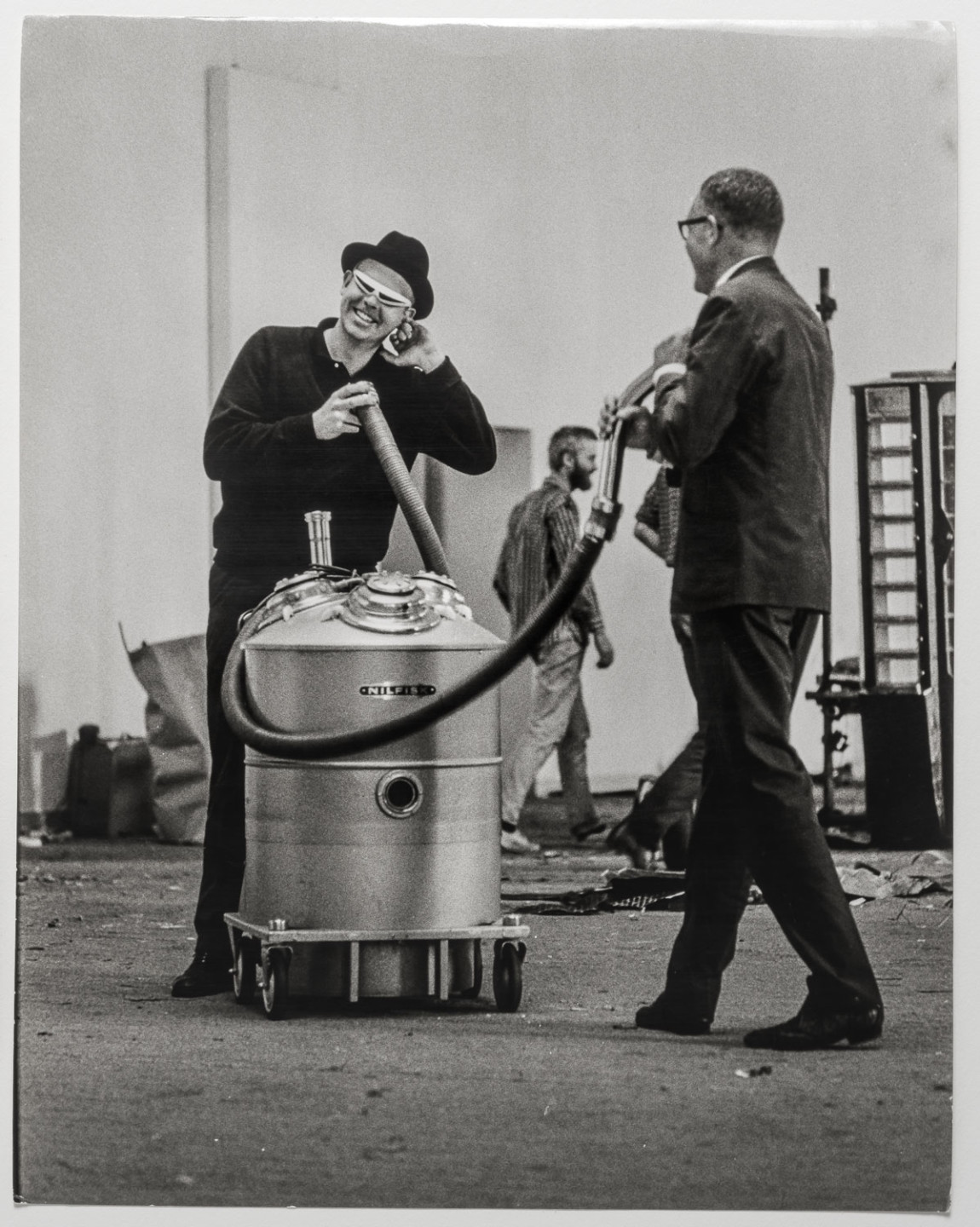
Who was Pontus Hultén?
Pontus Hultén (1924–2006) worked at Moderna Museet between 1958 and 1973. As its director, he expanded the collection and the Museum’s international reputation, with exhibitions such as “Movement in Art” (1961), “SHE – A Cathedral” (1966) and “Andy Warhol” (1968).
In 1973, he became the director of Musée national d’art moderne at Centre Georges Pompidou in Paris. He remained there until 1981, after which he was the director for shorter or longer periods at the Museum of Contemporary Art in Los Angeles, Palazzo Grassi in Venice, Kunst- und Ausstellungshalle der Bundesrepublik Deutschland in Bonn, and Museum Jean Tinguely in Basel. Alongside this, he developed and managed studies at the Institut des Hautes Études en Arts Plastiques (IHEAP), which operated in Paris between 1988 and 1995.
From 1997, he was involved in planning the museum Vandalorum in Värnamo, and, in conjunction with this, created the exhibition “The True Story of the Vandals” (2001). A few years later, in 2005, he donated his art collection and library, along with his private archive, to Moderna Museet.
The research project
The research project “Pontus Hultén and Moderna Museet – Research and Learning Based on an Art Collection, an Archive and a Library” has been in progress since autumn 2015. Over the years, it has changed and developed and now comprises several different parts. The first part is the book “Pontus Hultén and Moderna Museet. The Formative Years” (2017), which focuses on the period from 1956 to the mid-1960s. It includes a long introduction, five essays and a previously unpublished text by Pontus Hultén from 1962.
The second part was based on the symposium “Lose Yourself! A Symposium on Labyrinthine Exhibitions as Curatorial Model”, held in February 2017 at the Stedelijk Museum in Amsterdam. Looking at the exhibitions “Dylaby” (Stedelijk, 1962), and SHE – A Cathedral (Moderna Museet, 1966), it discusses a type of large-scale, collectively created and labyrinthine exhibition. Some of the contributions to the symposium were edited and published in the web magazine Stedelijk Studies, Issue #7, in 2018.
The third and final part of this long-term project is the book “Pontus Hultén and Moderna Museet. From Stockholm to Paris” (2023), addressing a few aspects of the later period of Pontus Hultén’s time at Moderna Museet, from the mid-1960s to 1973, when he left Stockholm for Paris. We also take a closer look at some of the projects he worked on after Moderna Museet, which are richly represented in Pontus Hultén’s archive.
Read more about the “Pontus Hultén and Moderna Museet” books
The Study Gallery
Parallel to producing essays, the project has been presented in exhibitions and events of various kinds. In summer 2018, the exhibition “Remembering SHE – A Cathedral” was installed in the Pontus Hultén Study Gallery.
Archival material, films and works from the exhibitions “Movement in Art” (1961), “Andy Warhol” (1968), “Ararat. Alternative Research in Architecture, Resources, Art and Technology” (1976), “Vanishing Points” (1984) and “Implosion A Postmodern Perspective” (1987) was already displayed there.
The intention was to give visitors the opportunity to learn more about Moderna Museet’s history and activities. The material in the Study Gallery was also activated through guided tours, lectures and seminars.
Symposium: Utopias and Visions
In “Utopias and Vision – A Symposium on the Legacy of Pontus Hultén and his time”, former colleagues of Pontus Hultén, curators, researchers and artists were invited to lecture on and discuss the heritage of the legendary 1960s and expectations on a modern art museum in the future.
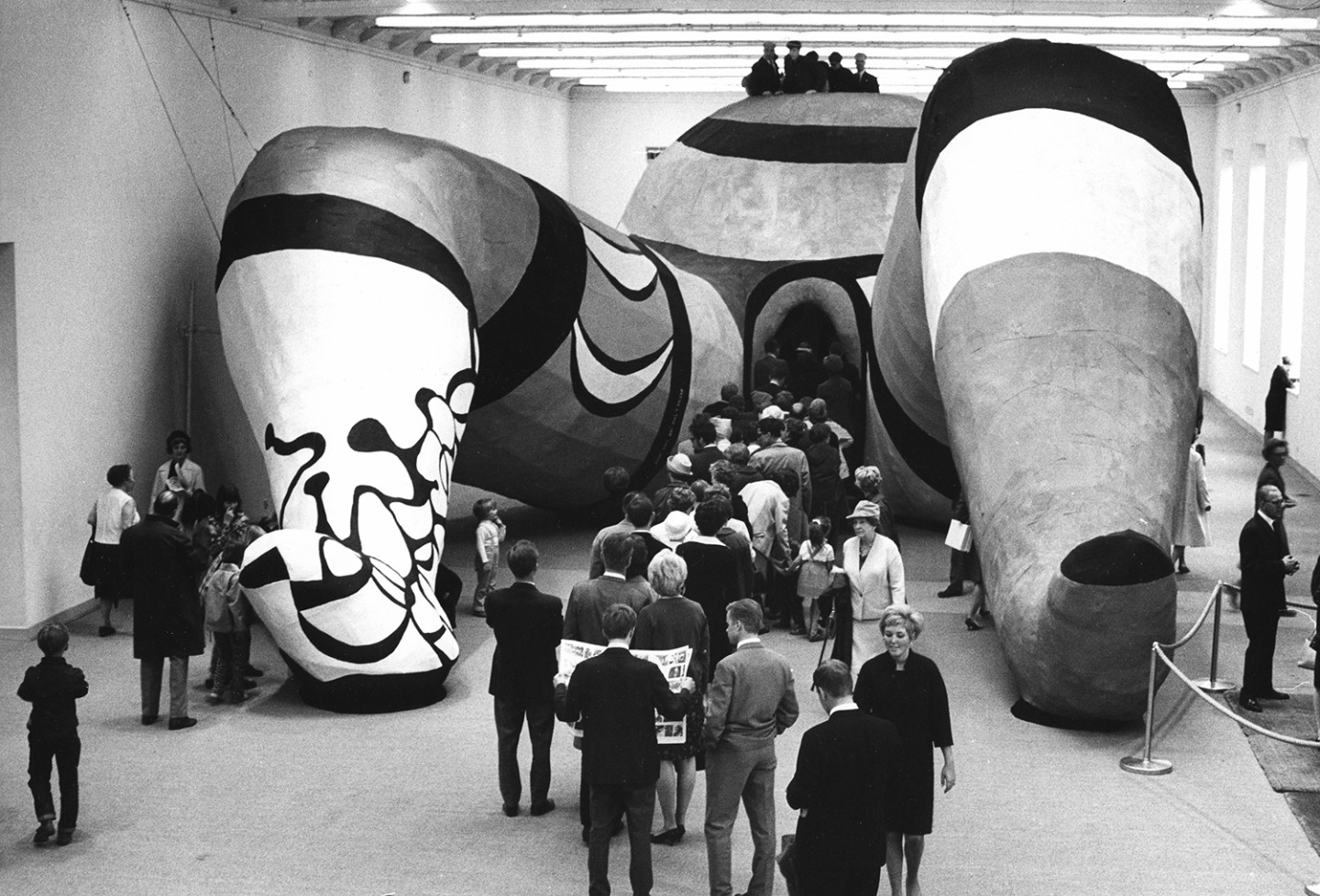
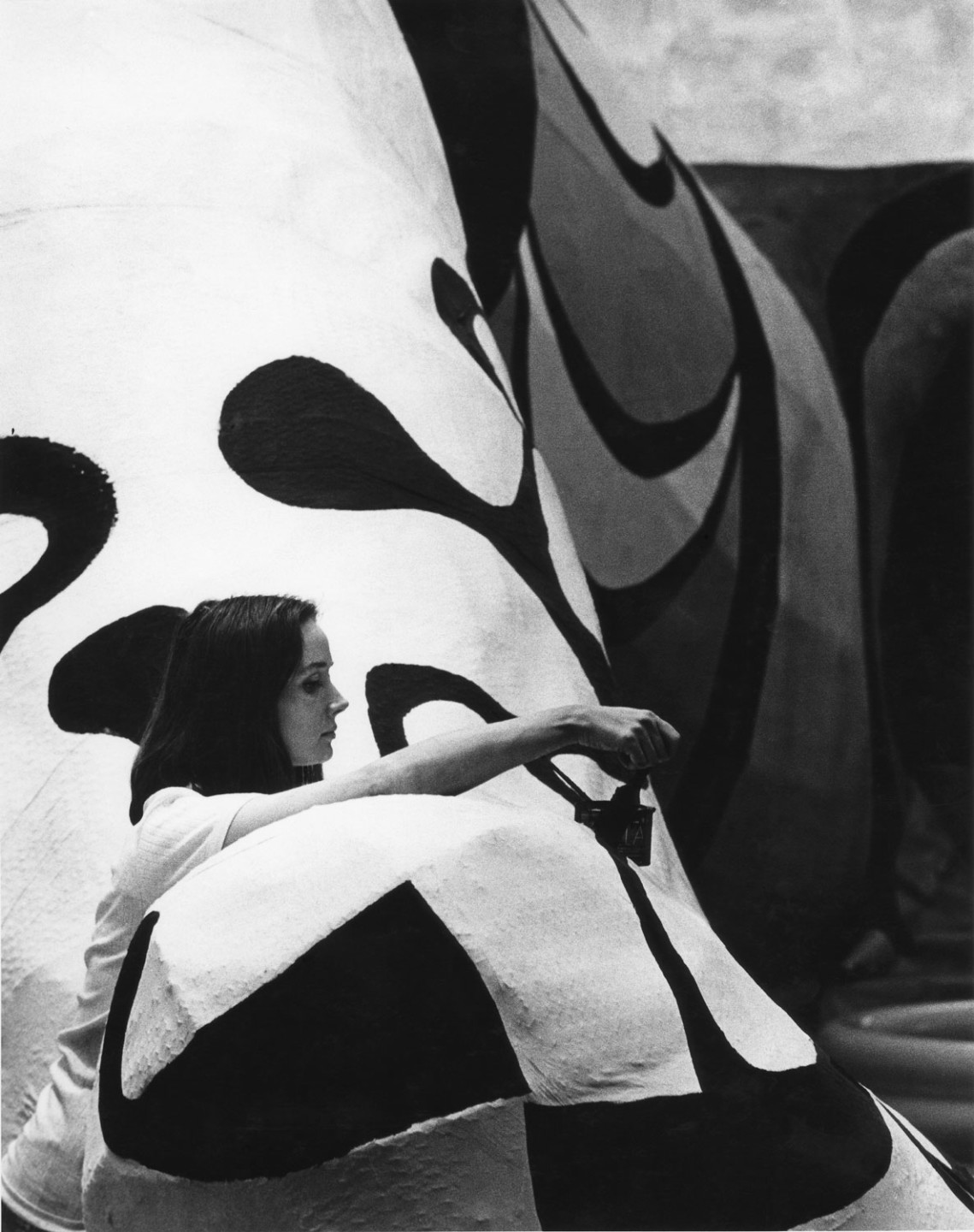
The project group
The team included in-house researchers Annika Gunnarsson (Curator of Prints and Drawings), Ylva Hillström (Curator of Education), and Anna Tellgren (Curator of Photography and Head of Research).
The external researcher Anna Lundström, Stockholm University, had a part-time position in the project from 2015 to 2017 in connection with the two-year funding from the Swedish Arts Council for Central Museum Research. Her duties included the retrieval of texts from the archive for various presentations in the Study Gallery.
A further three researchers were invited to participate: Patrik Andersson and Jimmy Pettersson, who wrote texts for the first book, and Lars Bang Larsen, who wrote a text, on The Machine, for the second book. Finally the Museum’s Archive Manager, Susana Mendoza Brackenhoff, has assisted the projects in its various phases.
Publication series: Pontus Hultén and Moderna Museet
The research project “Pontus Hultén and Moderna Museet – Research and Learning Based on an Art Collection, an Archive and a Library” has …
Publication series: Pontus Hultén and Moderna Museet
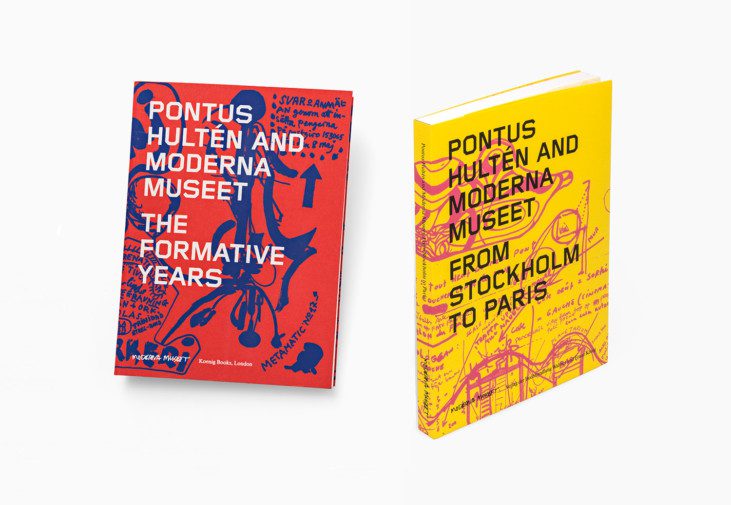
Symposium: LOSE YOURSELF!
The symposium, entitled “LOSE YOURSELF! – A Symposium on Labyrinthine Exhibitions as Curatorial Model” 3 February–4 February 2017 in …
A Symposium on Labyrinthine Exhibitions as Curatorial Model
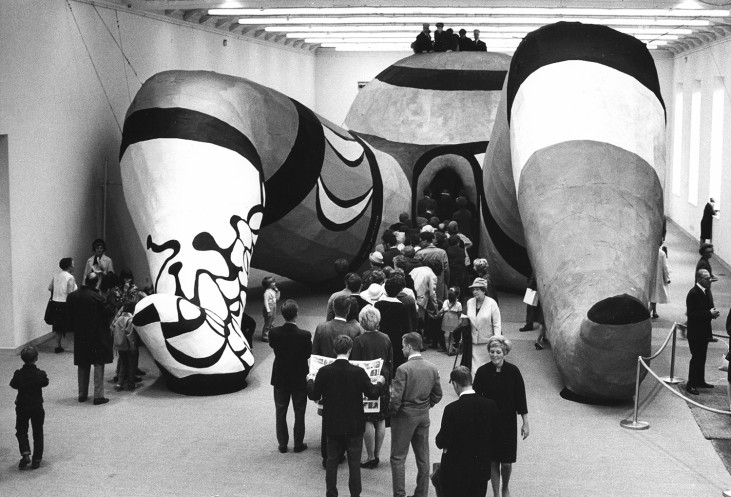
Remembering She – A Cathedral
“She – A Cathedral” was shown at Moderna Museet on 4 June–4 September, 1966. It is one of the most famous and widely published exhibitions in …
Remembering She – A Cathedral
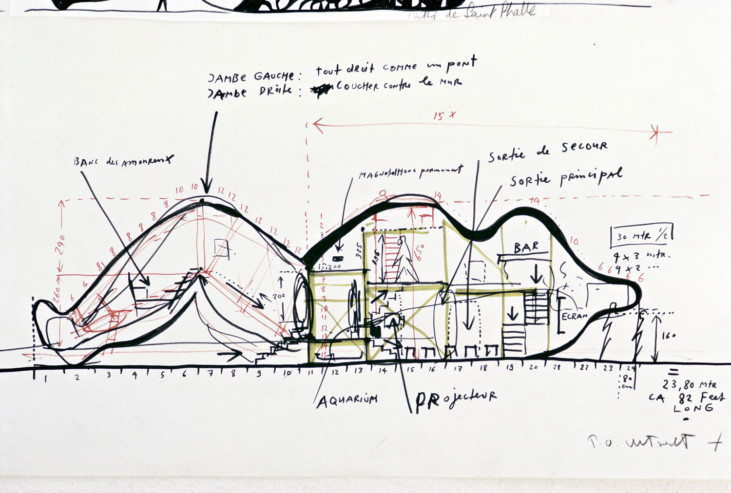
Symposium: Utopias and Visions
How do the visions of mythical museum-man Pontus Hultén live on in today’s art institutions? Welcome to a symposium on Pontus Hultén, his time, …
On the legacy of Pontus Hultén and his time
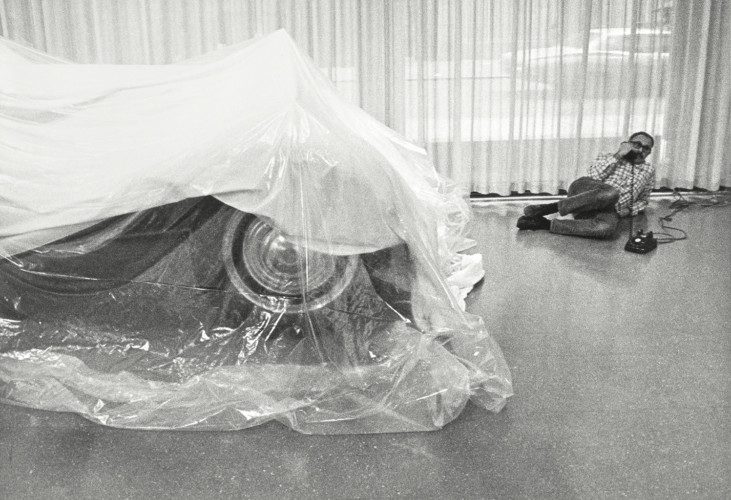
Published 22 April 2016 · Updated 4 December 2023

